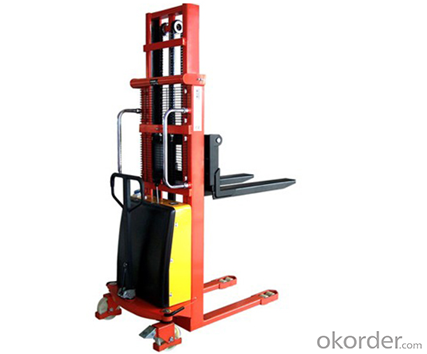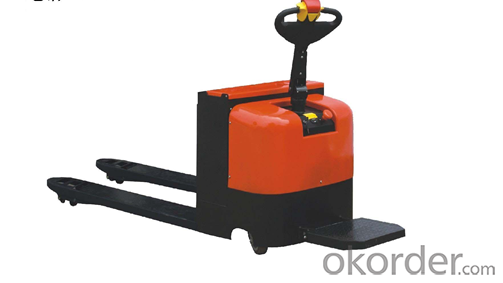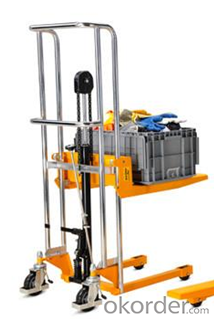Loading Port:Shanghai
Payment Terms:TT or LC
Min Order Qty:1 unit
Supply Capability:1 unit/month
Stackers are used to stack in different patterns, such as cone stacking and chevron stacking. Stacking in a single cone tends to cause size segregation, with coarser material moving out towards the base. In raw cone ply stacking, additional cones are added next to the first cone. In chevron stacking, the stacker travels along the length of the stockpile adding layer upon layer of material.
Stackers and reclaimers were originally manually controlled, with no means of remote control. Modern machines are typically semi-automatic or fully automated, with parameters remotely set. The control system used is typically aprogrammable logic controller, with a human-machine interface for display, connected to a central control system.
The conveyor belts used in stackers may be made of fabric or metal wire, depending upon the material to be handled. They are driven by pulleys, which in turn are driven by DC motors. The motors and gear are coupled by fluid coupling.
Most stackers are electrically powered by way of a trailing cable. There are basically two types of cable trailing: power cord rotating drum (PCRD) and control cable rotating drum (CCRD). Pendulum adjustments are made to ensure the proper alignment of these cables while the stacker is travelling.
1KG=2.2LB 1INCH=25.4MM
ITEM/TYPE | SFH1016 | SFH1516 | SFHD1025 | |
Capacity Q | kg | 1000 | 1500 | 1000 |
Min.fork height h | mm | 85 | 85 | 85 |
Max.fork height h1 | mm | 1600 | 1600 | 2500 |
Min.mast height h1 | mm | 1980 | 1980 | 1830 |
Size of fork e*s | mm | 150/160x60 | 150/160x60 | 150/160x60 |
Length of fork | mm | 900/1150 | 900/1150 | 900/1150 |
Width of overall fork(adjust/fixed)b5 | mm | 330~740/550 | 330~740/550 | 330~740/550 |
Radius of gyration | mm | 1250/1380 | 1250 | 1250/1000 |
Weight | kg | 240/220 | 260 | 300 |
Fork rollers | mm | Φ74x70 | Φ74x70 | Φ74x70 |
Big wheel | mm | Φ180x50 | Φ180x50 | Φ180x50 |


